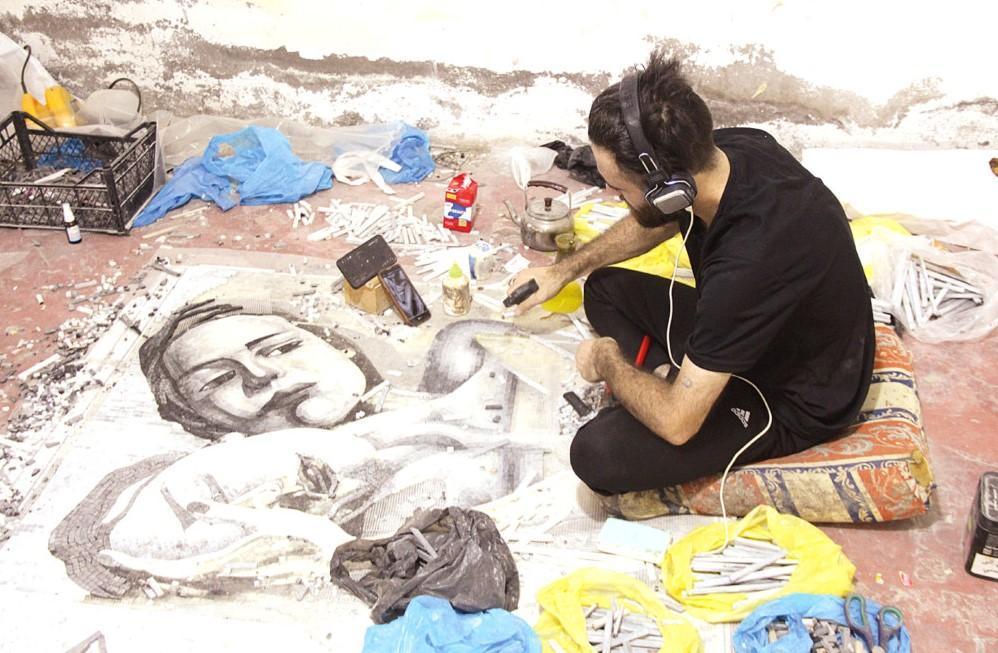
The history of Hatay, which has hosted many civilizations and has been one of the centers of mosaic art, is a source of inspiration for artists, where works produced in the mosaic workshop in the southern city are exported to more than 30 countries upon demand.
Mustafa Karabay, who started the production of mosaic works with a team he founded in 2014, has opened to the world market. He said these mosaic works - used as home decorations, wall and floor coverings and paintings - are mostly preferred as ornaments for hotel lobbies and religious icons.
“We first started with a small workshop of 60 square meters, with five workers. We participated in the fairs with our products. Then we began to receive a lot of demands from the world market. We enlarged our workshop, and now we are making huge mosaic works in an area of 1,500 square meters,” Karabay said.
Stating that they export the mosaics to various countries of the world, he said: “Our biggest market is America, followed by England, Germany, France, Belgium and Austria, while we also send our works to Russia and Ukraine and to countries such as Qatar, Dubai and Saudi Arabia in the Middle East. Many of them are on a project basis, and we also make on-site applications with our team.”
Karabay stated that they also support the promotion of mosaic artifacts in the city. “We have had a monthly production of 200 square meters since 2014. This means we have produced 20,000 square meters of the mosaic so far. It is about 200 million pieces of stone. Almost 16,000 of 20,000 square meters of mosaics have been exported abroad.”
Expressing that the art of mosaic requires meticulousness and creativity and that they work with a competent team for this, Karabay said, “We have more than 30 employees, all of them are masters, all of them are professionals. The team comprises both Turkish and Syrian artists. We managed to bring the most popular, most experienced and professional artists from Syria. Of course, the mosaics we make are very special, everyone makes mosaics, but it needs to have fineness, artistic value, mastery and talent.”
Noting that they carefully select stones from stone factories all over Türkiye, Karabay said: “Raw stones are collected from factories in various regions of Türkiye. Those stones are turned into small pieces with pliers or a mosaic cutting machine. Small pieces are placed on the net with glue and a work of art emerges,” he said.
Heysem Dani, 21, stated that they are involved in mosaic art as a whole family in Kafranbel village of Idlib in Syria and came to Türkiye in 2015 because of the war.
“While we were there, all our village and relatives were engaged in this business. After the war, we moved to Hatay and do the same work here. It was a hobby for me at first but I developed myself and became one of the mosaic artists. Now I am in the team that produces mosaics. This job has become my profession. I do it with pleasure,” he said.